Legumes Tree
- March 15, 2024
- 0 comment
Legume trees refer to trees that belong to the family Fabaceae, commonly known as the legume, pea, or bean family. These trees are characterized by their ability to fix nitrogen in the soil through a symbiotic relationship with nitrogen-fixing bacteria.
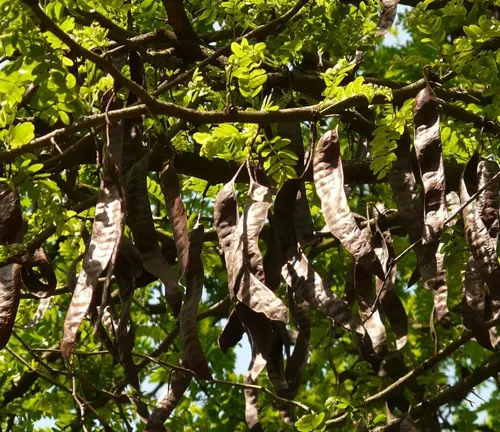
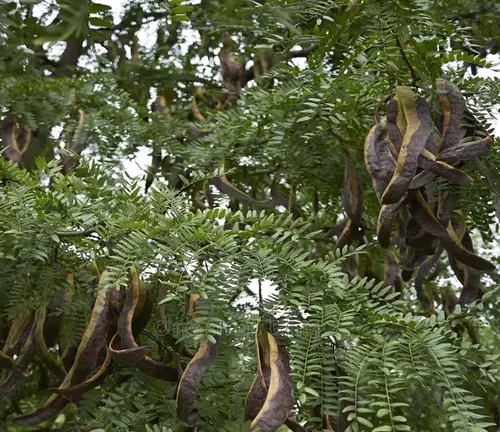
They play a crucial role in ecosystems by enriching the soil with nitrogen, providing habitat and food for various organisms, and contributing to soil conservation. Additionally, legume trees often have economic importance, as they can be utilized for timber, fodder, and in agroforestry systems for sustainable land management.
The diversity of legumes trees is vast, with thousands of species exhibiting a wide range of adaptations and characteristics. From the towering acacias of the African savannah to the delicate mimosa blossoms of tropical forests, each species offers its own unique beauty and ecological niche.
| Characteristics | Description |
|---|---|
| Scientific Name | The scientific name of legumes trees varies across species, but they all belong to the Fabaceae family. |
| Common Names | Legumes trees are known by various common names, including acacia, cassia, and mimosa, among others. |
| Family | Legumes trees belong to the Fabaceae family, which is one of the largest plant families, comprising around 19,500 species. |
| Native Region | These trees are native to different regions across the globe, ranging from tropical rainforests to arid deserts. |
| Plant Type | Legumes trees are perennial woody plants, characterized by their ability to fix nitrogen in the soil through symbiotic relationships with nitrogen-fixing bacteria. |
| Size | The size of legumes trees varies widely depending on the species, ranging from small shrubs to towering trees. |
| Leaves | The leaves of legumes trees are typically compound and pinnate, consisting of multiple leaflets arranged along a central stem. |
| Flowers | Legumes trees produce showy flowers in a variety of colors, attracting pollinators such as bees and butterflies. |
| Propagation | These trees can be propagated through seeds or cuttings, depending on the species and desired propagation method. |
| Drought Tolerance | Many legumes trees exhibit excellent drought tolerance, making them suitable for arid environments. |
| Cultural Uses | Legumes trees hold cultural significance in many societies, where they are used for various purposes, including food, medicine, and timber. |
| Ecological Role | Legumes trees play a crucial role in ecosystems as nitrogen fixers, enriching the soil and supporting the growth of other plants. |
| Notable Species | Several notable species of legumes trees include acacia, mesquite, and tamarind, each with its unique characteristics and ecological contributions. |
| Hardiness Zones | The hardiness zones for legumes trees vary depending on the species, with many being adaptable to a wide range of climates. |
| Growth Rate | The growth rate of legumes trees can be rapid, especially in favorable environmental conditions with ample sunlight and water. |
| Lifespan | The lifespan of legumes trees varies widely, with some species living for several decades or even centuries. |
Botanical Beauty of “Legumes Trees“
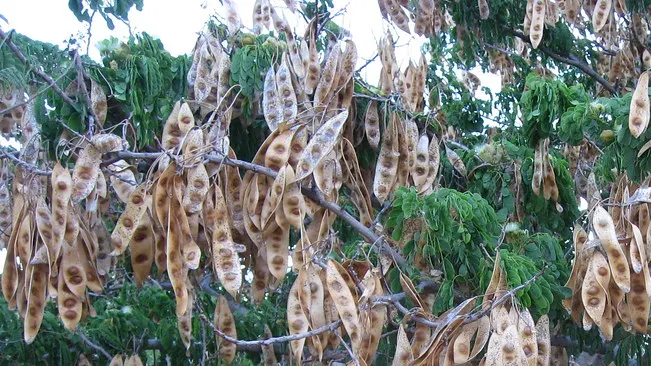
Legumes trees showcase captivating botanical beauty, enriching landscapes and gardens with their striking features. Their vibrant flowers, often in an array of hues, captivate the eye, while their intricate leaves add texture and depth. The elegant growth forms of legumes trees lend an air of natural splendor to any environment, making them prized additions to botanical settings.
Woodland Elegance
Within woodland environments, legumes trees exude an undeniable elegance and grace. They seamlessly blend with surrounding flora and fauna, enhancing the overall biodiversity of forests. In addition to providing habitat for wildlife, legumes trees contribute to the ecological balance of woodlands, enriching the soil and fostering healthy ecosystems.
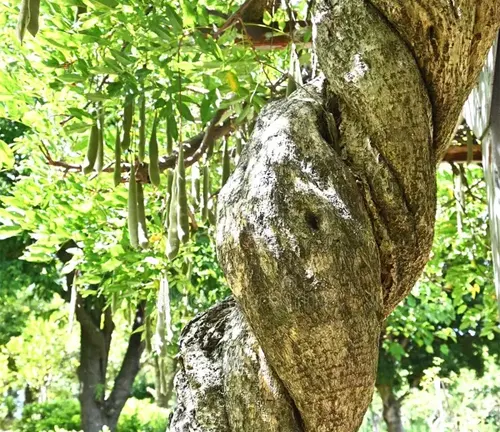
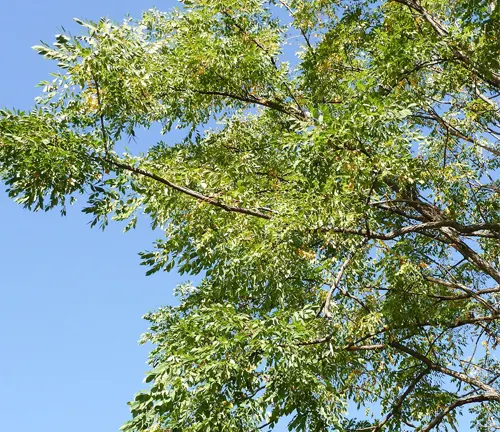
Ecological Elegance
Beyond their aesthetic appeal, legumes trees play a pivotal role in maintaining ecological equilibrium. As nitrogen fixers, they facilitate the enrichment of soil with vital nutrients, supporting the growth of diverse plant species. This ecological function underscores the importance of preserving and cultivating legumes trees to sustain healthy ecosystems.
Cultivation and Conservation
The cultivation of legumes trees is essential for safeguarding their genetic diversity and ecological contributions. Conservation efforts are crucial in protecting these trees from various threats, including deforestation, habitat loss, and climate change. By ensuring their survival, we can uphold the invaluable ecological services provided by legumes trees for future generations.
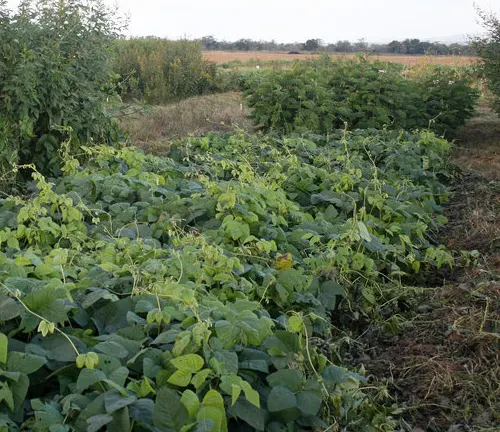
Fragrance
Certain species of legumes trees offer more than just visual appeal; they emit fragrant flowers that tantalize the senses. The sweet and subtle scents of these blooms are highly sought after and frequently used in perfumery and aromatherapy. Beyond their aesthetic value, these fragrant flowers promote relaxation and overall well-being.
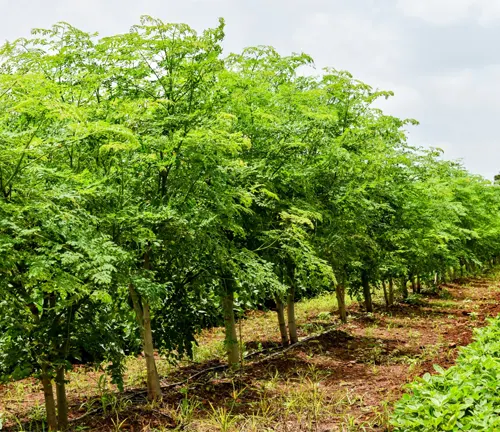
Soil Stabilization
With their deep root systems, legumes trees play a crucial role in soil stabilization, particularly in areas prone to erosion and landslides. Their ability to thrive in challenging environments makes them invaluable assets in soil conservation efforts, helping to preserve landscapes and mitigate environmental degradation.
Common Uses
Legumes trees boast a myriad of practical applications, making them highly versatile and valuable. From timber production for construction and furniture-making to soil improvement through nitrogen fixation, these trees serve numerous purposes. Additionally, their edible fruits and seeds provide sustenance for both humans and wildlife, highlighting their significance in supporting ecosystems.
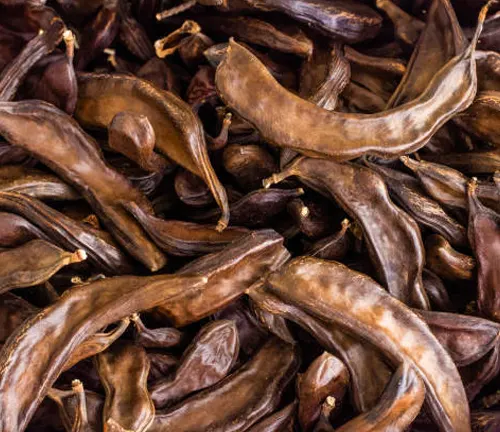
Benefits
The benefits of legumes trees extend far beyond their immediate uses, encompassing broader environmental and socio-economic advantages. By promoting soil health, biodiversity, and ecosystem resilience, these trees contribute to sustainable development and climate change mitigation efforts. Investing in the preservation and cultivation of legumes trees yields long-term benefits for both present and future generations.
Different Species
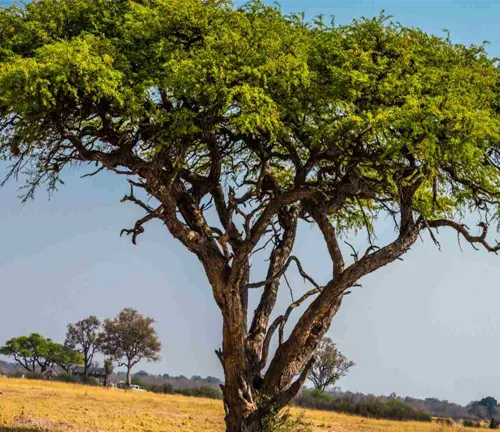
Acacia
Known for its diverse range of species, acacias are characterized by their distinctive compound leaves and often thorny branches. They are widely distributed across various ecosystems, from arid deserts to tropical rainforests.
Mesquite
are native to North and South America and are well-adapted to hot and dry environments. They are valued for their nitrogen-fixing abilities and provide food and habitat for numerous desert-dwelling species.
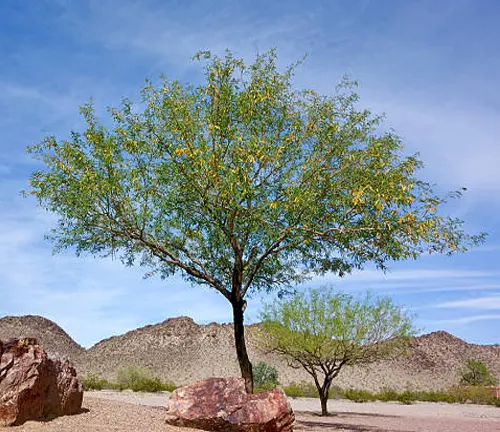
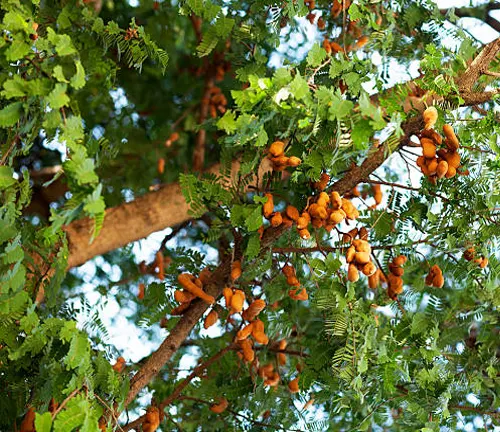
Tamarind
The produce edible pods that are used in culinary applications worldwide. Native to Africa, they are also cultivated in tropical regions for their shade and ornamental value.
Cassia
It belongs to the genus Cassia within the Fabaceae family, are known for their showy clusters of yellow flowers. They are commonly planted as ornamental trees in gardens and urban landscapes.
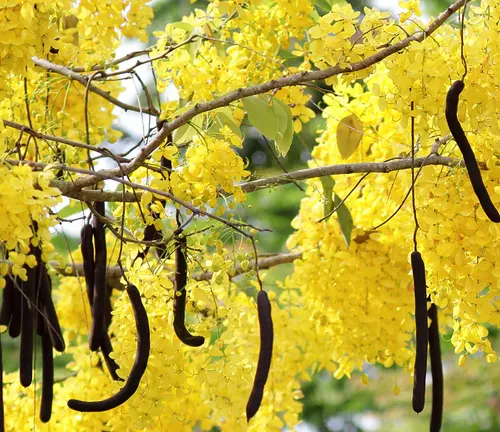
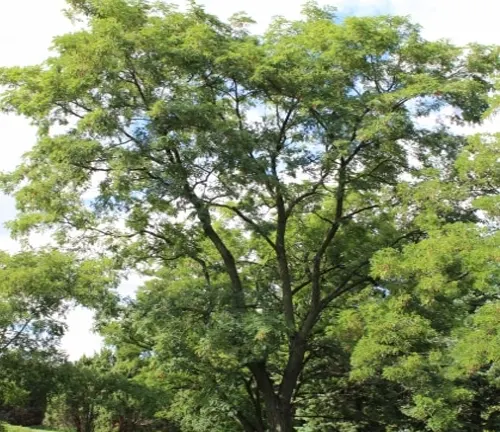
Robinia
Also known as black locust, Robinia trees are native to North America and are prized for their durable wood and attractive flowers. They are often planted for erosion control and reforestation efforts.
Albizia
Albizia trees, also called silk trees or mimosa trees, are known for their delicate fern-like leaves and fluffy pink or white flowers. They are popular ornamental trees in temperate regions and are valued for their decorative appeal.
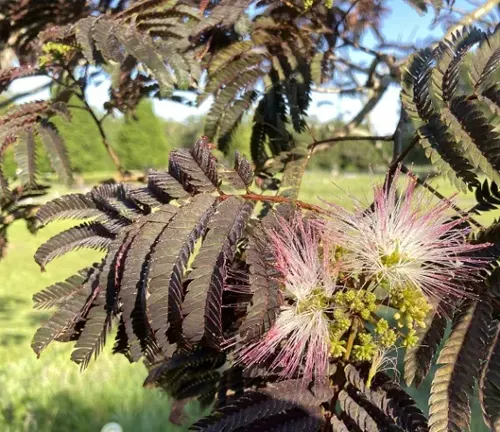
Frequently Asked Questions (FAQs)
- Are legumes trees only found in specific regions?
- No, legumes trees are distributed worldwide, ranging from tropical rainforests to arid deserts and temperate forests.
- Do all legumes trees fix nitrogen in the soil?
- Yes, most legumes trees have the ability to form symbiotic relationships with nitrogen-fixing bacteria, enriching the soil with essential nutrients.
- Are legumes trees suitable for urban environments?
- Yes, many legumes trees are well-suited to urban planting due to their tolerance of pollution and compacted soils.
- How do legumes trees contribute to ecosystem health?
- Legumes trees play a crucial role in ecosystem health by enriching the soil, supporting biodiversity, and providing habitat and food for wildlife.
- Can legumes trees be grown for commercial purposes?
- Yes, legumes trees are cultivated for various commercial purposes, including timber production, food crops, and ornamental landscaping.
- Do legumes trees require special care or maintenance?
- While some species may have specific requirements, many legumes trees are relatively low-maintenance once established, requiring minimal care.
- Are there any environmental benefits associated with planting legumes trees?
- Yes, planting legumes trees can help mitigate climate change by sequestering carbon, improving soil health, and promoting biodiversity.
- Do legumes trees attract pests or diseases?
- Like any plant species, legumes trees may be susceptible to pests and diseases, but proper management practices can help minimize these issues.
- Can legumes trees be propagated from seeds?
- Yes, many legumes trees can be propagated from seeds, which are often contained within pods or fruits produced by the trees.
- Are there any conservation efforts aimed at protecting legumes trees?
- Yes, conservation organizations and initiatives work to preserve legumes trees and their habitats, focusing on areas threatened by deforestation, habitat loss, and climate change.


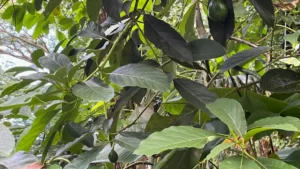



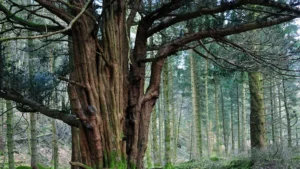

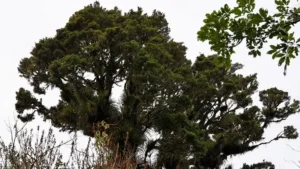
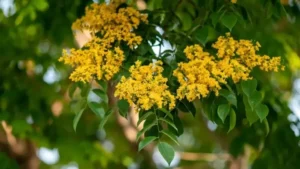
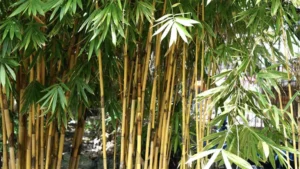

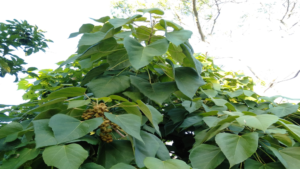
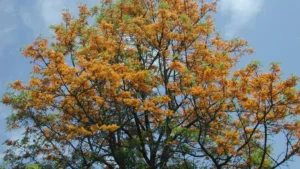
Leave your comment